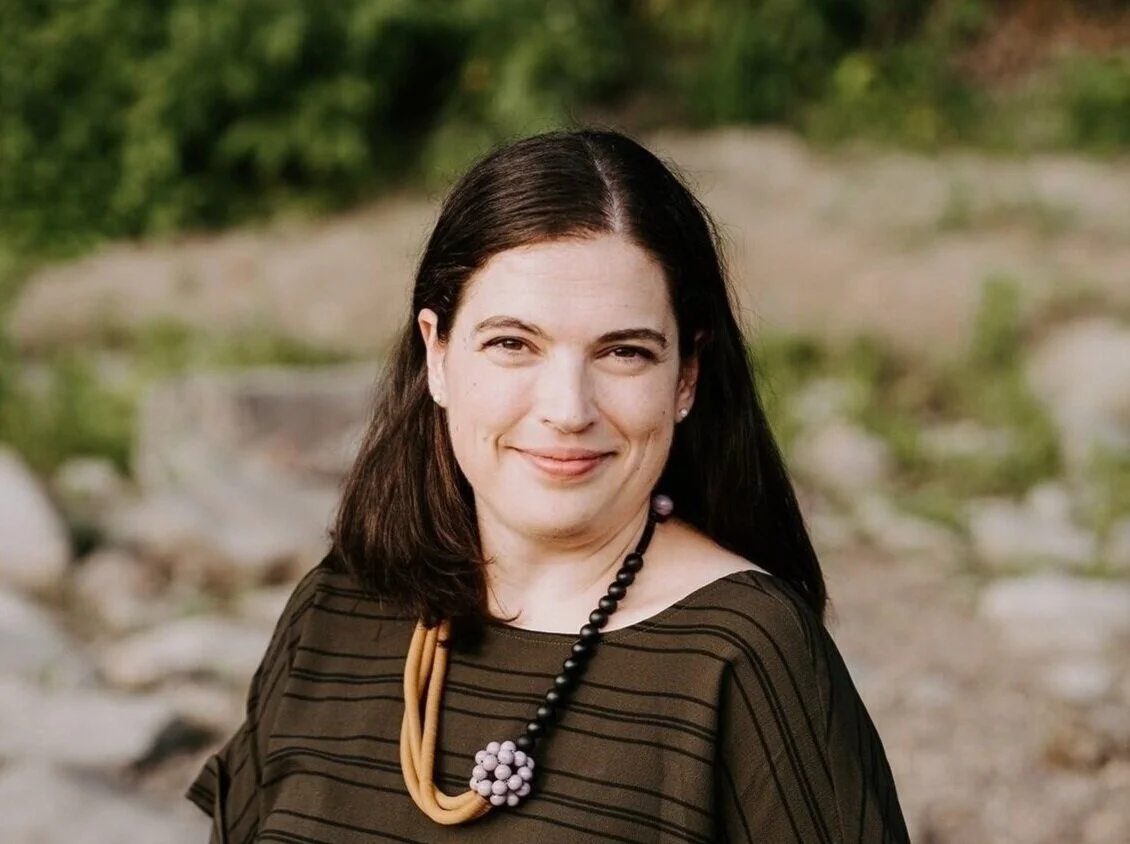Connecting to Our Wildness as the Seasons Change
/In last night’s summer heat, I had a dream that autumn was sweeping in. I stood in the middle of a lush garden and witnessed the precise moment that the trees traded their verdant greens for glowing yellows and saturated oranges.
The timing of this dream does not escape me. I am on the verge of this same seasonal shift in my academic life: in a week and a half, I will submit my doctoral exam to my research committee. When I send off this massive document, I’ll finally be able to put down the cultivating work of summer and begin to harvest the fruits of that labour. It will be the season to enjoy the new reflections and directions opened up by all the hard work I poured into that document.
But I will not stay there long.
The cycle will continue. After processing the implications of my document, and hopefully cocooning in a period of winter rest, the springtime activity of cultivating new growth will come around again.
Seasons do not plan their timing based on what feels the most comfortable for us. Winter lasts as long as winter lasts, and we have to keep shovelling our driveways from its realities until spring’s warmth makes snow impossible. There’s no shortcut.
And it is actually kind of wonderful to have something so big and consequential out of our control.
It’s like the difference between visiting a traditional museum and a historic château. When I think about experiences in most museums, I picture the steady (and static) display of objects inside. But with a palace, I add in the factor of the time of year I will be visiting. I love making the pilgrimage to the Château de Malmaison during rose season; the Château de Vaux-le-Vicomte is magical when lit by candlelight on summer nights. The relationship between indoor order and outdoor wildness becomes more intertwined.
I visited the Château de Fontainebleau one October several years ago, when fall was in full force. My memories of that visit are flooded with the yellows of the trees in the grounds, the crisp autumn smell in the air, and the golden quality of the light that poured through the windows into the ornate rooms.
This sensory immersion was such integral part of my experience, and it was not something the museum team had planned for me. They had no control over it. While the rhythms of museum life are usually punctuated by programming events and temporary exhibitions (‘la tyrannie de l’exposition’ as Daniel Jacobi calls it), in the wildness of the natural world there is a whole cycle of experience that is governed not by human hands.
There is life here.
In Matt Haig’s novel The Midnight Library, the character Nora quotes Henry David Thoreau: “All good things are wild and free.” Through an awareness of the seasonal changes in the environment around us, and a surrender to the internal cycling of our own life’s seasons, we connect to our wildness and there we can find freedom.
Address: 77300 Fontainebleau ∣ Métro: By train from Paris











